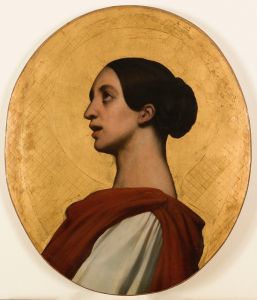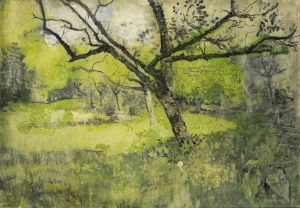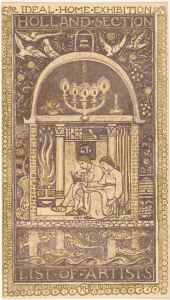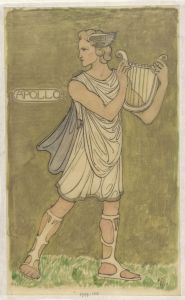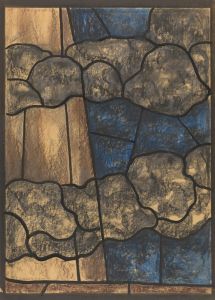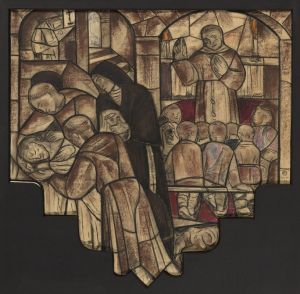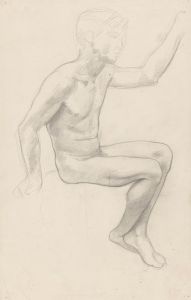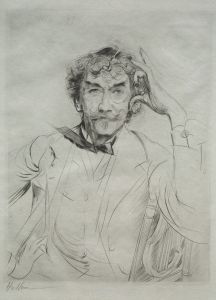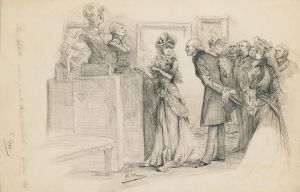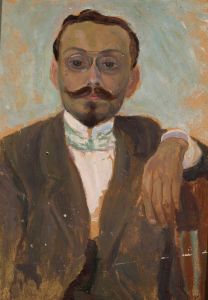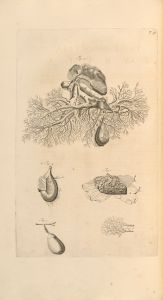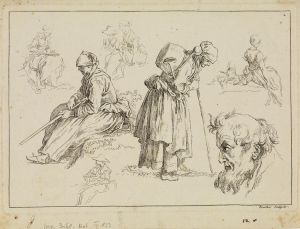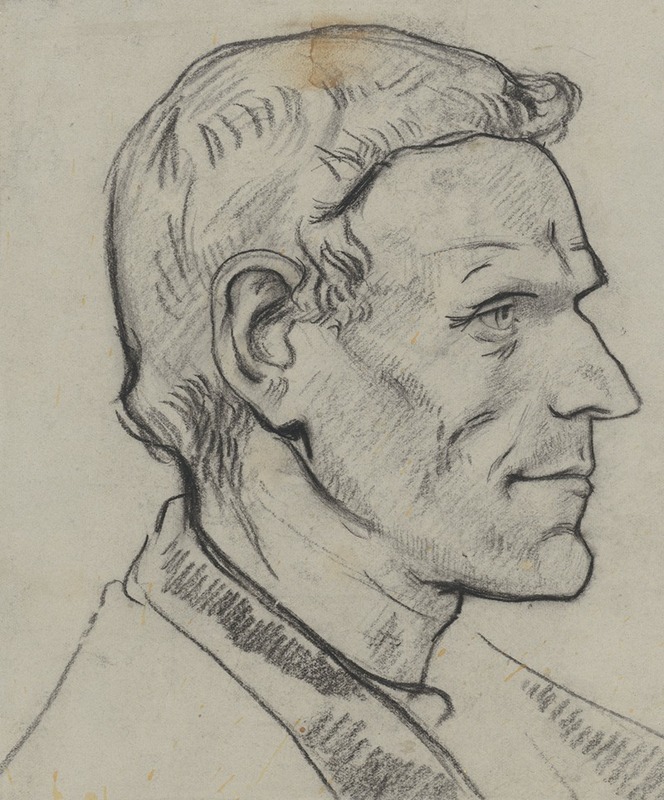
Kop van een man, van opzij
A hand-painted replica of Richard Nicolaüs Roland Holst’s masterpiece Kop van een man, van opzij, meticulously crafted by professional artists to capture the true essence of the original. Each piece is created with museum-quality canvas and rare mineral pigments, carefully painted by experienced artists with delicate brushstrokes and rich, layered colors to perfectly recreate the texture of the original artwork. Unlike machine-printed reproductions, this hand-painted version brings the painting to life, infused with the artist’s emotions and skill in every stroke. Whether for personal collection or home decoration, it instantly elevates the artistic atmosphere of any space.
"Kop van een man, van opzij" (translated as "Head of a Man, from the Side") is a painting by the Dutch artist Richard Nicolaüs Roland Holst. Richard Roland Holst was born on December 4, 1868, in Amsterdam, Netherlands, and he became a prominent figure in the Dutch art scene during the late 19th and early 20th centuries. He was not only a painter but also a graphic artist, muralist, and writer, known for his involvement in the social and political movements of his time.
The painting "Kop van een man, van opzij" is a portrait that exemplifies Roland Holst's skill in capturing the human form and expression. The work is characterized by its detailed and realistic depiction of the subject, a man shown in profile. The use of light and shadow in the painting highlights the contours of the man's face, giving it a three-dimensional quality. The artist's attention to detail is evident in the rendering of the man's features, including the texture of his skin and hair.
Richard Roland Holst was influenced by the Symbolist movement, which is reflected in his work through the use of symbolic elements and a focus on the inner life of his subjects. Although "Kop van een man, van opzij" is a straightforward portrait, it can be seen as part of his broader exploration of human character and emotion.
Throughout his career, Roland Holst was associated with the Dutch labor movement and was an advocate for social change. He believed that art should serve a social purpose and often incorporated themes of social justice and workers' rights into his work. This commitment to social issues is a significant aspect of his legacy as an artist.
In addition to his paintings, Roland Holst was known for his murals and stained glass designs. He created several notable public works, including murals for the Beurs van Berlage in Amsterdam and stained glass windows for various churches in the Netherlands. His contributions to public art projects helped to cement his reputation as an important figure in Dutch art.
Richard Roland Holst was married to the poet and writer Henriette Roland Holst, who was also a prominent socialist and activist. The couple collaborated on various projects and were influential in both the artistic and political spheres of their time.
"Kop van een man, van opzij" is a testament to Roland Holst's ability to convey the depth and complexity of human experience through his art. The painting remains an important example of his work and continues to be appreciated for its technical skill and emotional resonance.
Richard Nicolaüs Roland Holst passed away on December 31, 1938, but his legacy lives on through his contributions to Dutch art and his commitment to social justice. His works are held in various collections, and his influence can still be seen in the art and social movements that followed.






